The Saqqarah Necropolis - Giza, Egypt

Saqqarah (Saqqara) is like a giant historical graveyard (necropolis) in the desert just outside of Cairo. The lush green of the Nile gives way to desert with very little transition as you drive out to Saqqarah. The large step pyramid of Djoser is visible long before you get to the location. The pyramids at Saqqarah appear to be less visited than the Great Pyramid at Giza. There were times at Saqqarah when my wife and I were the only non-Egyptians within seeing distance.
In the 27th Century BC, during the 3rd Dynasty, there lived a High Priest known as Imhotep. This Priest wore many hats and is regarded as the first recorded genius. His accomplishments led him to be deified after his death. Among the many accomplishments of this impressive ancient was the concept of using stone for building. Prior to Imhotep, structures were made from brick. The brick structures that pre-date the Step Pyramid at Saqqarah have long returned to dust in the desert. Although the stone step pyramid has become unstable and has undergone extensive preservation measures, the stone structure has withstood many centuries of wear. Imhotep was the Priest to Djoser, for whom the first pyramid was built. Aside from being an incredible engineer, Imhotep was also a physician, poet and scribe.
Tickets to visit Saqqarah are slightly cheaper than Giza. When I visited, the price was just under ten dollars. This price includes admission to a couple of the tombs located at Saqqarah, making it a better bargain. If one were to visit Egypt on a tight budget and wanted to get the most for their money, then Saqqarah would be the way to go. Admission to Giza AND The Great Pyramid run in the thirty dollar range US. For a third of that price, you can gain access to the location and enter structures where you can view ancient hieroglyphics. Saqqarah is open from 8 AM until 5 PM Daily. The massive burial site contains artifacts crossing several dynasties in a plateau that covers almost two miles at the widest point.
If you visit Saqqarah, my first recommendation would be a visit to the Mastaba of Ti. Ti was a nobleman who built a resting place that has been amazingly well preserved. The mastaba is just a short five to ten minute walk down a dirt road from the parking area. It is well worth the walk! As you walk down into the mastaba you enter a courtyard. The descent into Ti’s tomb is visible in the center of the courtyard but was once covered with stones to conceal the final resting place from thieves. Moving forward through the courtyard, you enter an amazing building 44 centuries old that contains vivid hieroglyphics. There are two exceptional qualities to these hieroglyphics. First, they still retain their color. Second, unlike the Pharonic hieroglyphics, these tell stories of everyday life (providing a glimpse into life in 2400 BC. Arguments between fishermen, harvesting wheat and other mundane daily scenes are captured for visitors to stand in awe of. It was the highlight of Saqqarah for me. Unfortunately, cameras are not allowed inside the mastaba.

Source Hieroglyphics from Mastaba of Ti
The Pyramid of Teti can also be entered by visitors. Again, no cameras are allowed. As you descend the narrow hallway into the tomb, you enter a small room on the right that contains Teti’s sarcophagus. In this tomb, the hieroglyphics are not colored. However, I was agape at the incredible state of preservation the finely detailed hieroglyphics maintained. The small hieroglyphics had incredible spacing, depth and clarity. They could have been stamped by a machine the day before. The artistic quality of these well preserved letters betrays logic. The tomb is an excellent representation of the religious beliefs of the era, with proclamations of innocence that the King is making to his judges in the afterlife. He identifies himself in the statements by name, which is interesting. The name is contained in an oblong circle called a cartouche. This tomb provides some excellent examples for visitors.
So how does an ancient King get his tomb buried fifty feet below ground to avoid grave robbers raiding his tomb? That question is answered in the shadow of the step pyramid. The heavy sarcophagus was not simply dropped fifty feet into a hole. There were two rooms hewn from the rock, connected by a tunnel. The room where the sarcophagus was going to rest was then filled with sand. The sarcophagus was then moved onto the sand. Workers removed the sand from the first room using the tunnel into the second room, slowly lowering the sarcophagus into place. An amazing engineering feat that demonstrates the resolve and ingenuity being used thousands of years ago. This site has been excavated and can be viewed from above. It is an impressive structure. From this location, you can view the Pyramids of Giza as well as the bent pyramid, which was too steep and had to be adjusted mid-way through construction.
Other attractions at Saqqarah that I did not visit include the Tomb of Mereruka, the Satellite Pyramid, the Tomb of Khenu, the Tomb of Kagemni, the Tomb of Ankhmahor, the Sarapeum, Thepyramid of Unas and the Unas causeway (along with many more). The Necropolis has been used as a cemetery across the eons, with a unique mix of burial sites and eras represented. On the road back from the Mastaba of Ti, I noticed a small shelter with Greek sculptures beneath it. They came from a nearby site that was used during the Greek period which ran from 300 BC to around 300 AD (or 600 AD) depending on who you talk to. There was also a Christian complex called the Monastery of St. Jeremiah which was active into the 6th or 7th Century AD. Many of the artifacts from this monastery are currently on display at the Coptic Museum in Cairo.
The pyramids at Saqqarah stretch over a broad necropolis that covers a large section of desert. The amazingly well preserved structures within this site provide a glimpse into a number of different historical eras with influences from many different times. From the very first rectangular based pyramid designed by Imhotep to the Christian monastery of St. Jeremiah, the history and artifacts tell the history of Egypt over the centuries. The preservation of these sites provided me with a vivid peek into the past that was among the many highlights of my trip. Although the Sphinx and Great Pyramid were awesome on a grand scale, Saqqarah was more subtle but equally impressive. It is a cheaper less-traveled experience than Giza and one that I would highly recommend.
All photos other than the one with attribution are my own. They may be reproduced with prior permission.
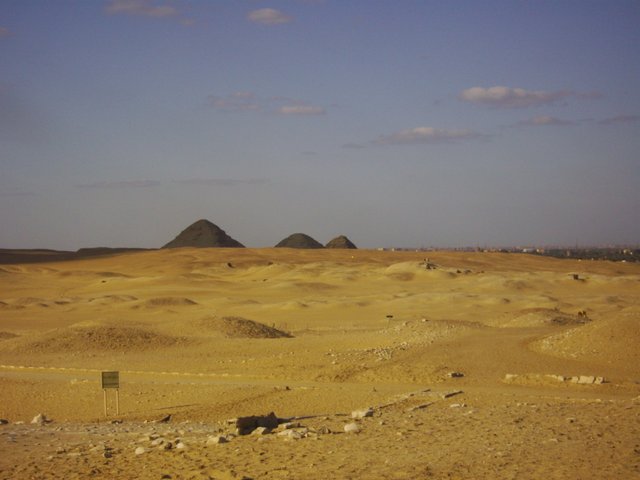

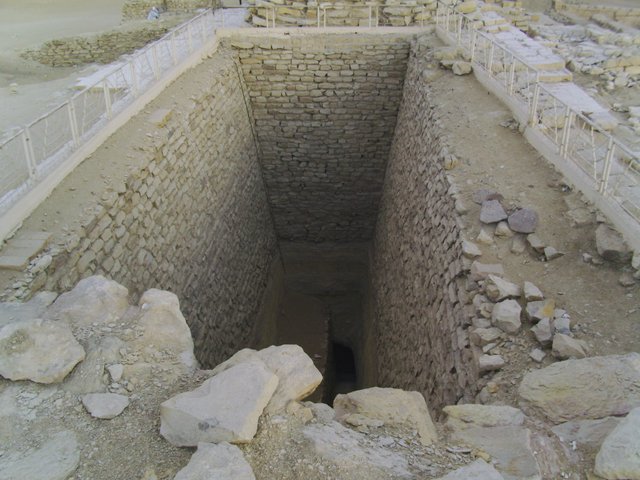
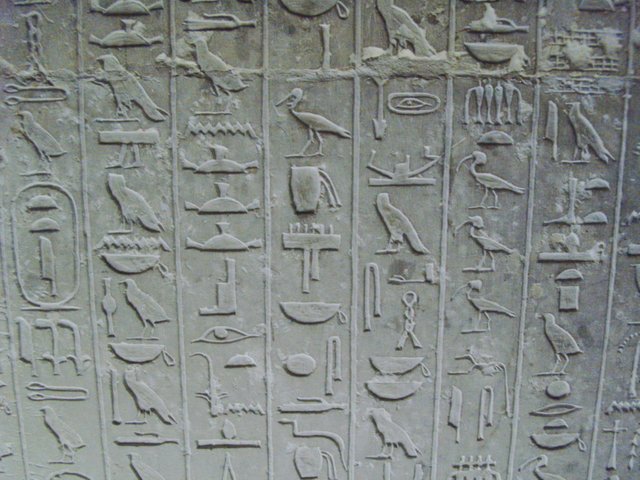
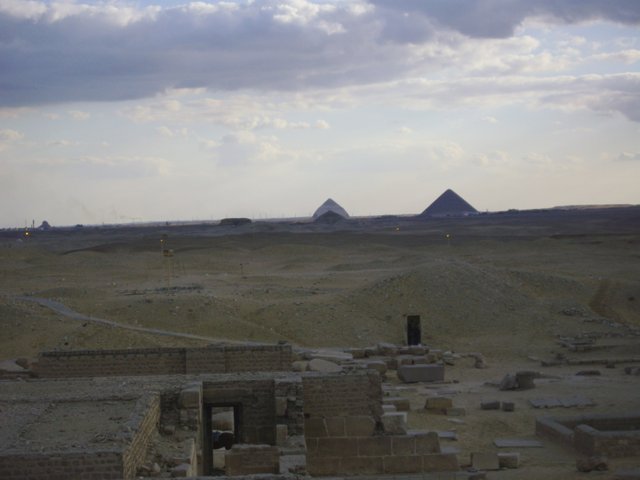
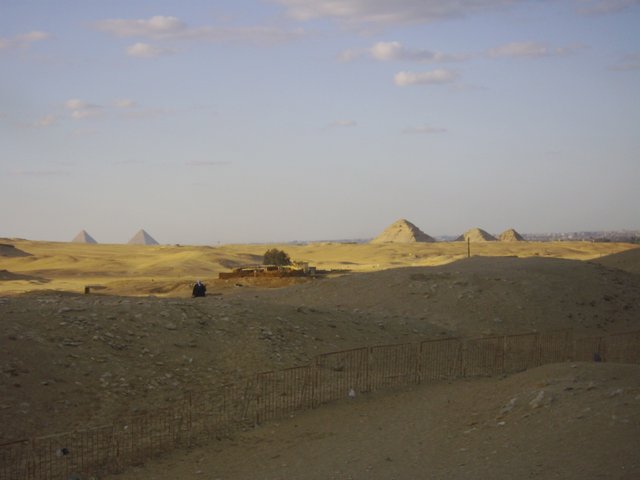
Congratulations, Your Post Has Been Added To The Steemit Worldmap!
Author link: http://steemitworldmap.com?author=coldsteem
Post link: http://steemitworldmap.com?post=the-saqqarah-necropolis-giza-egypt
Want to have your post on the map too?
@trufflepig
Thanks for calling @coldsteem! Here is a small upvote for this post and my opinion about it.
To my mind this post is at least 3 SBD worth and should receive 65 votes.
By the way, you can find TODAY'S TRUFFLE PICKS HERE.
I am
TrufflePig, an Artificial Intelligence Bot that helps minnows and content curators using Machine Learning. If you are curious how I evaluate content, you can find an explanation here!Have a nice day and sincerely yours,

TrufflePigHiya, just swinging by to let you know that this post made the Honorable Mentions list in our daily Travel Digest. Please drop by to check out all the rest of today's great posts and consider upvoting the Travel Digest if you like what we're doing.